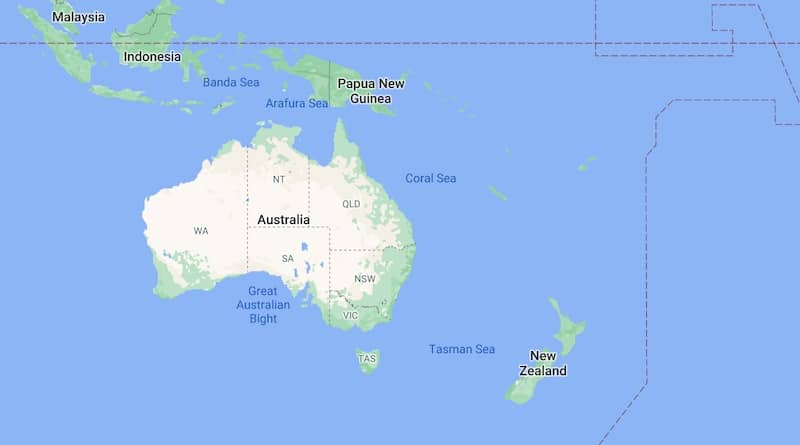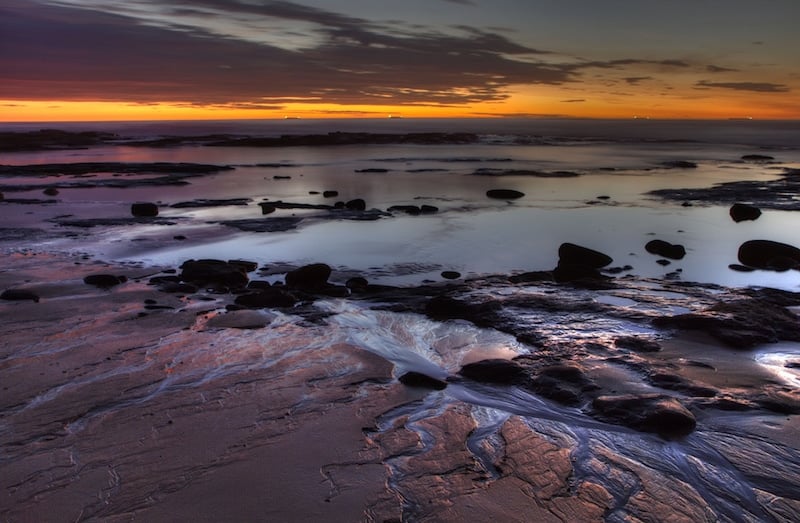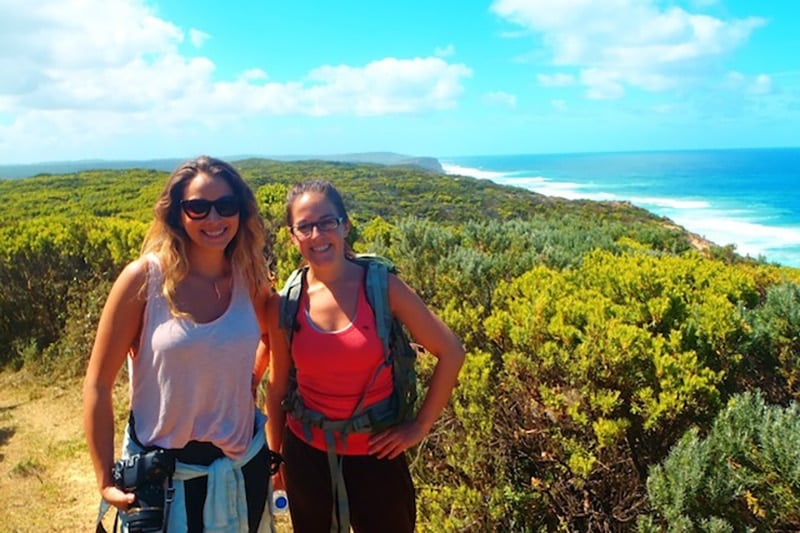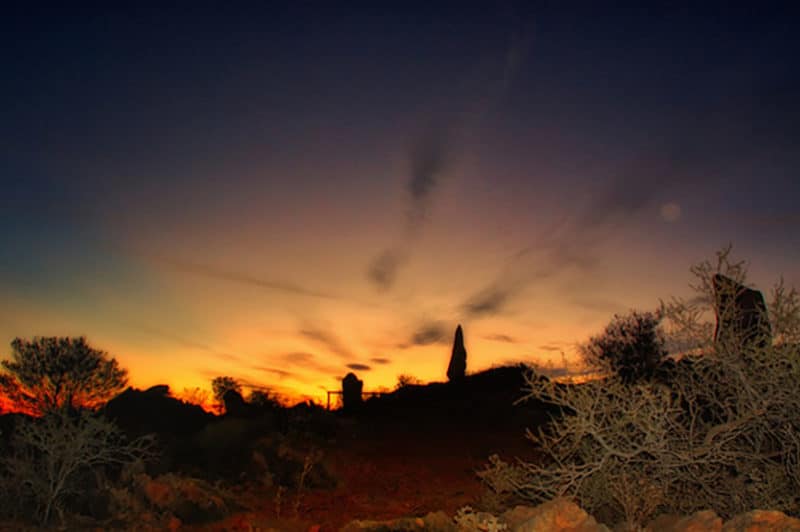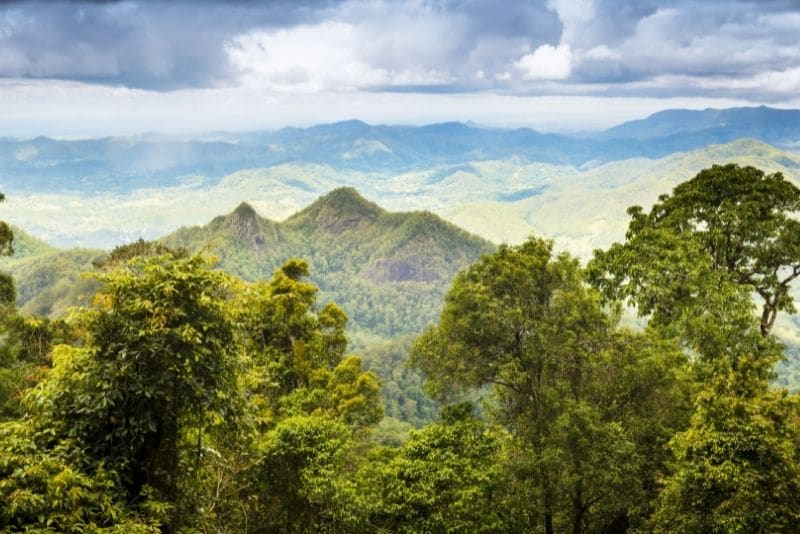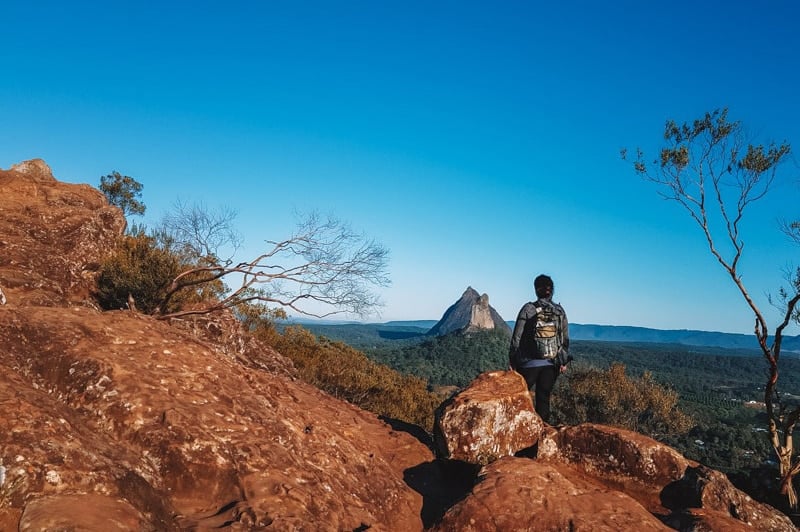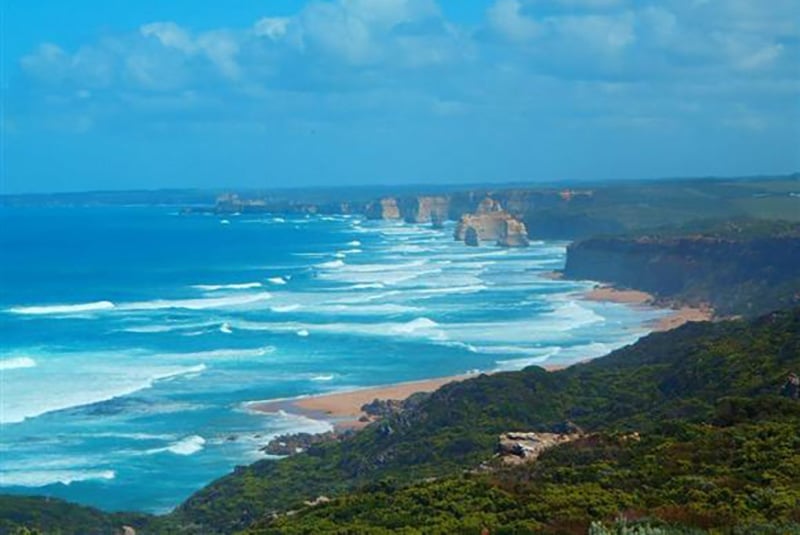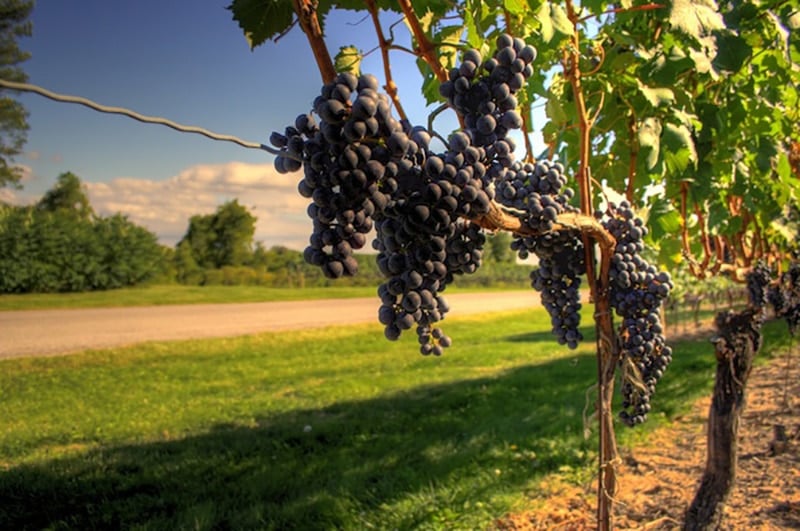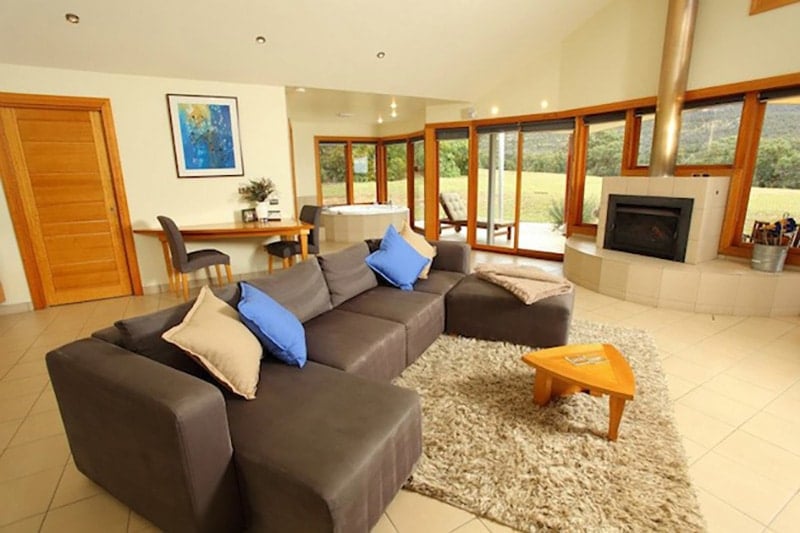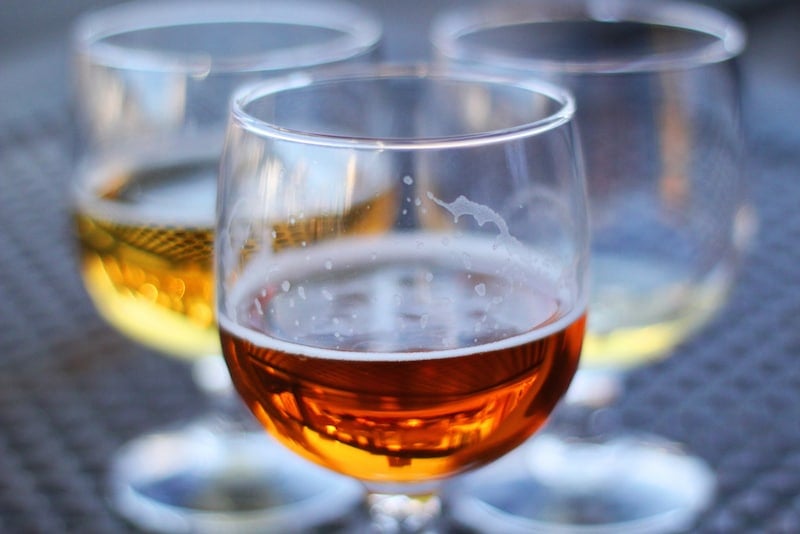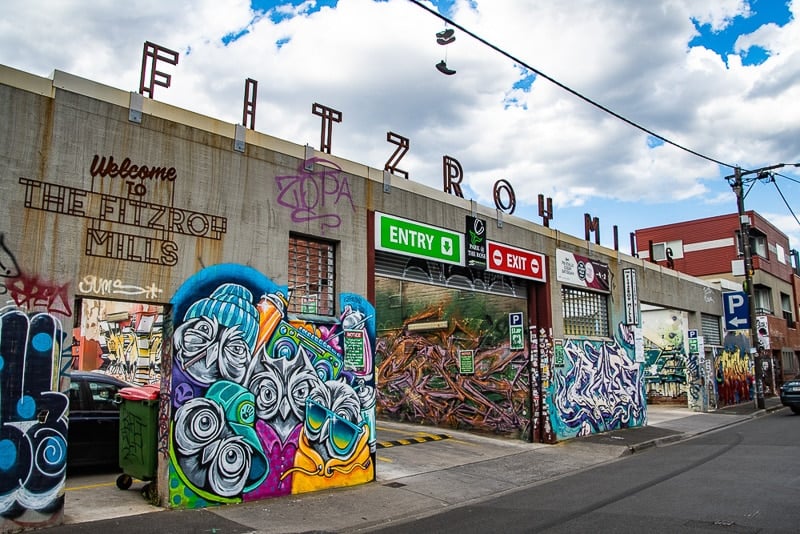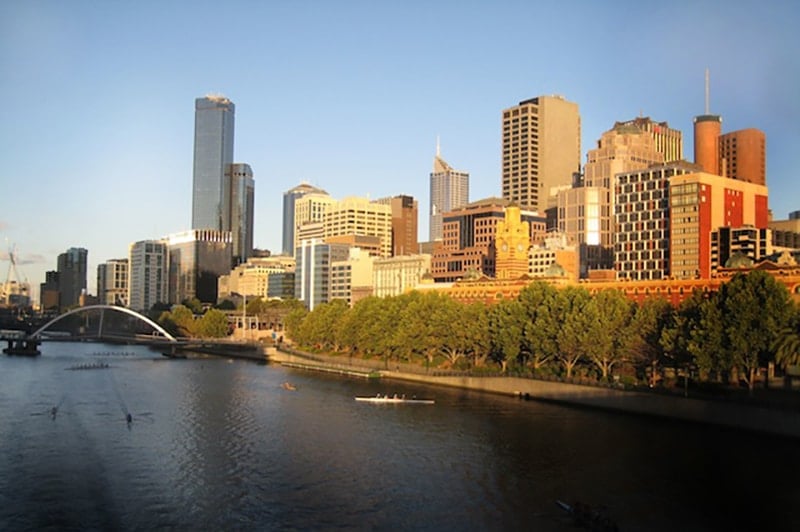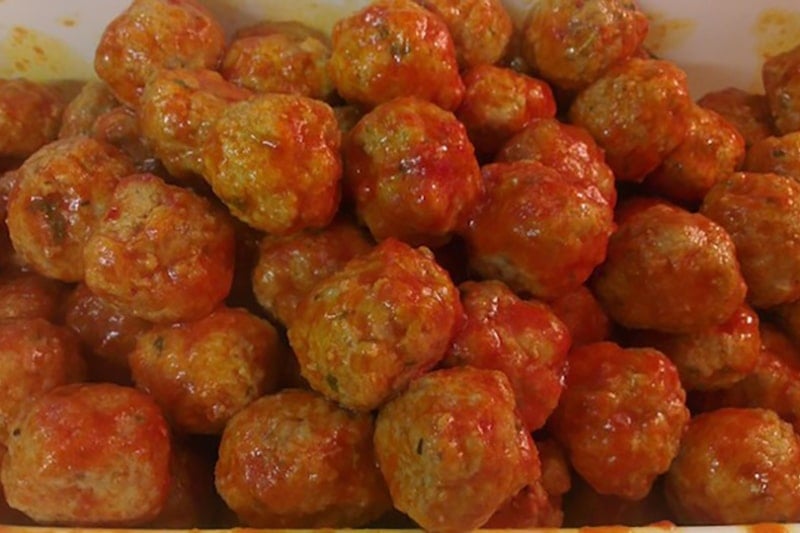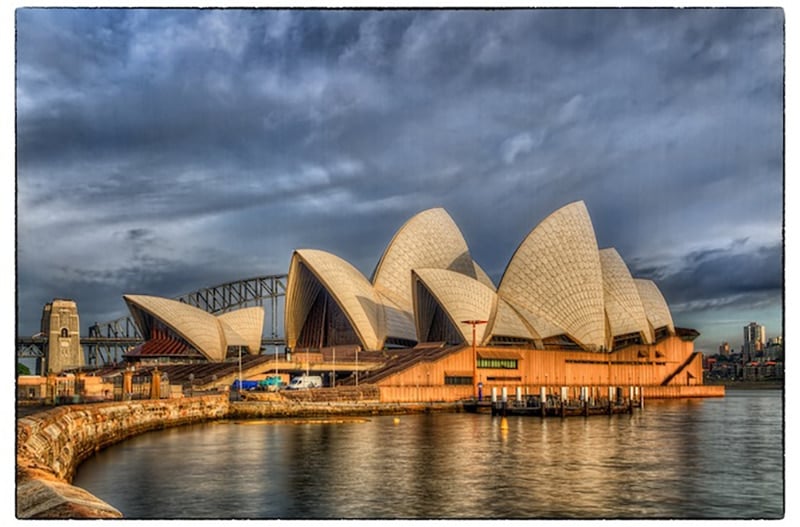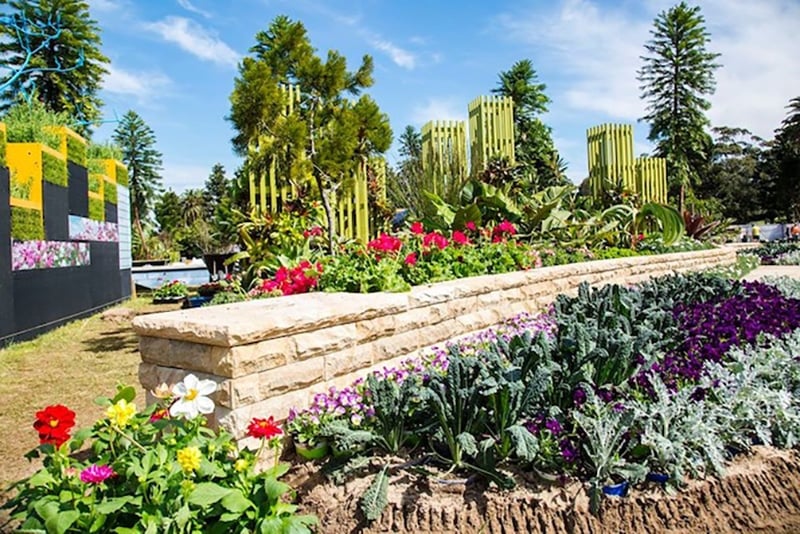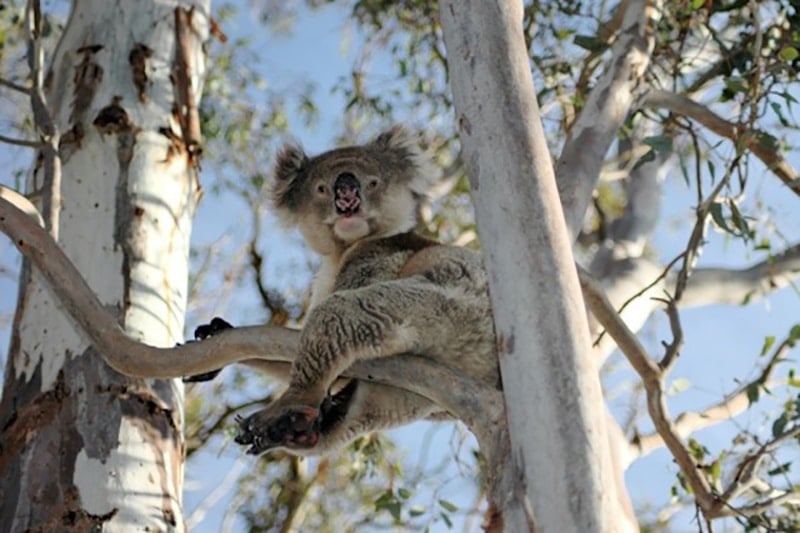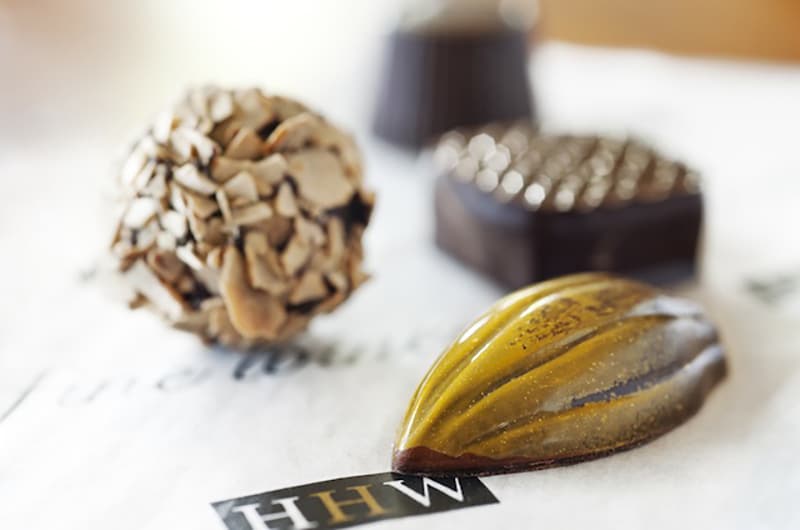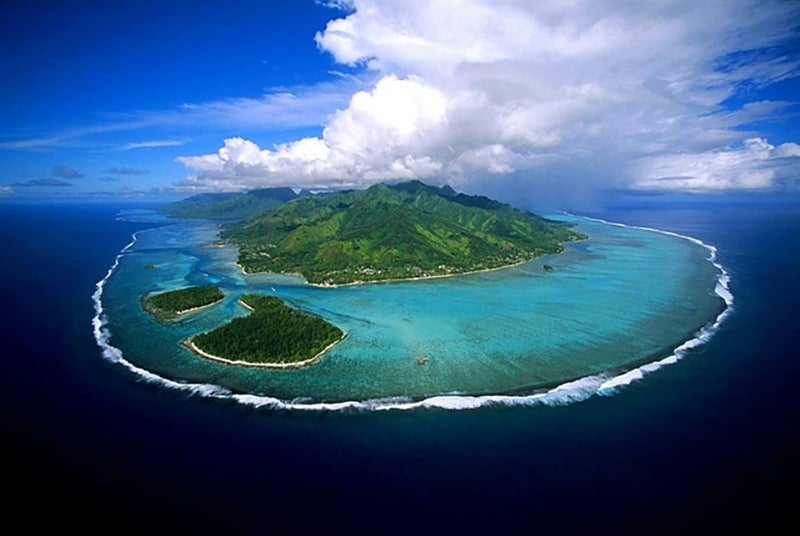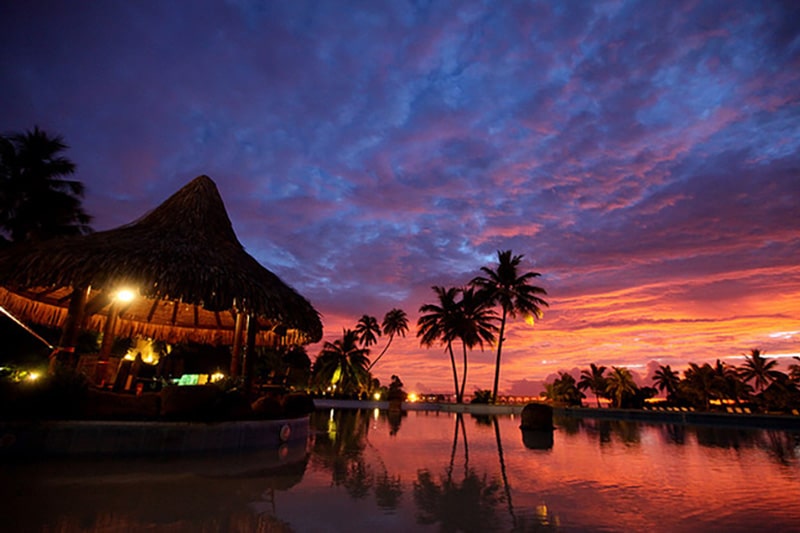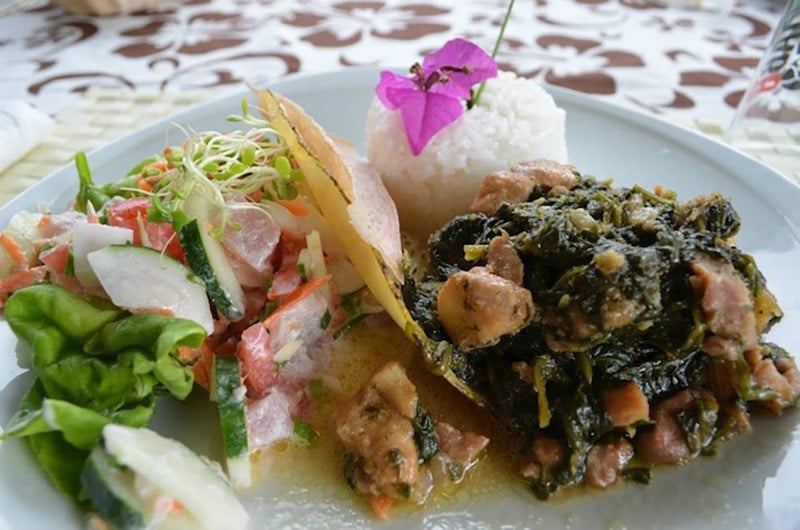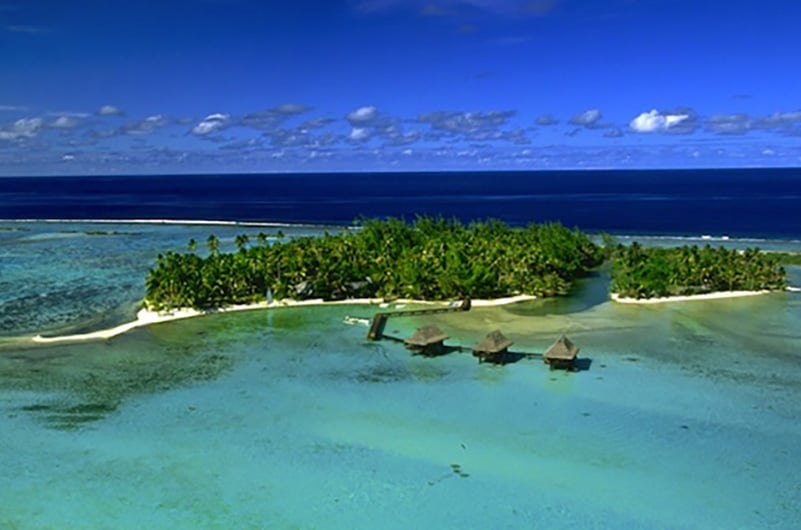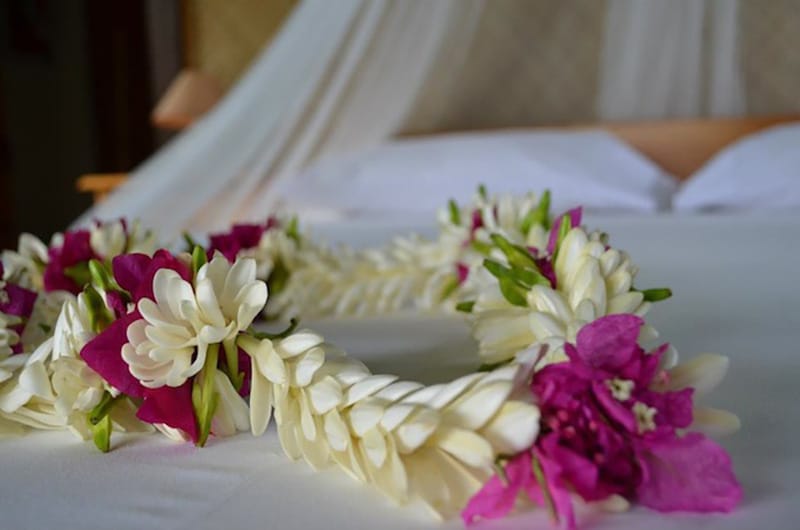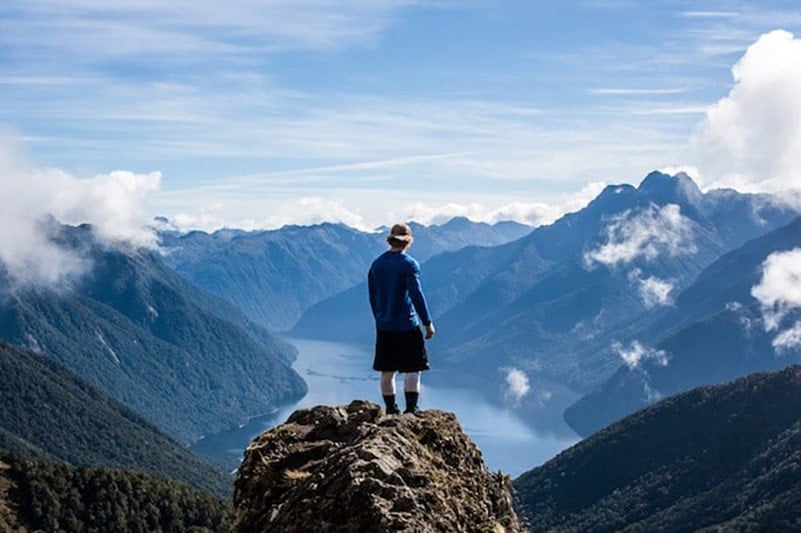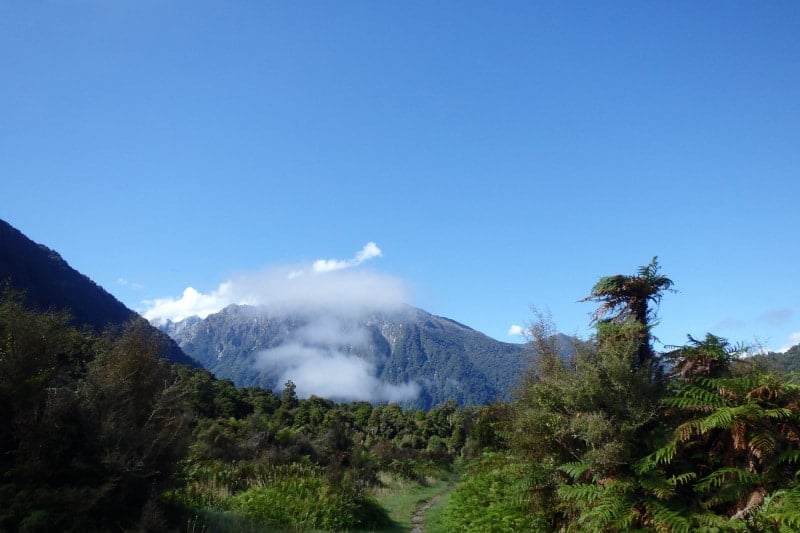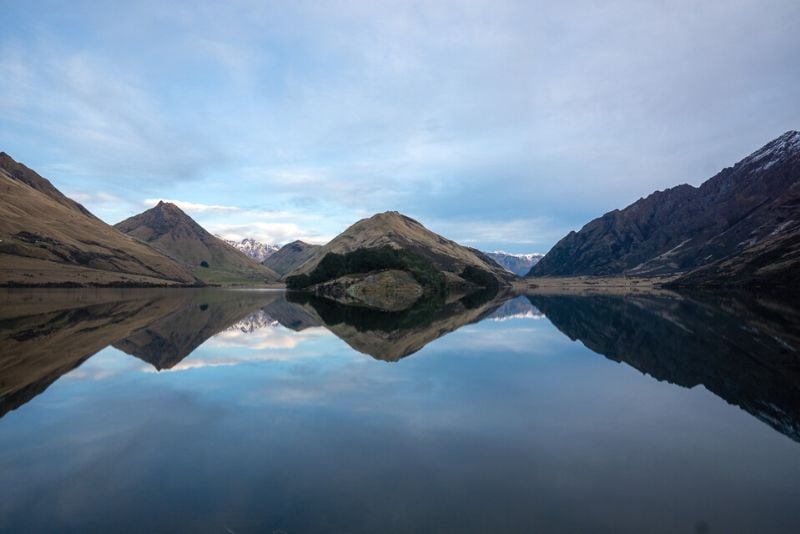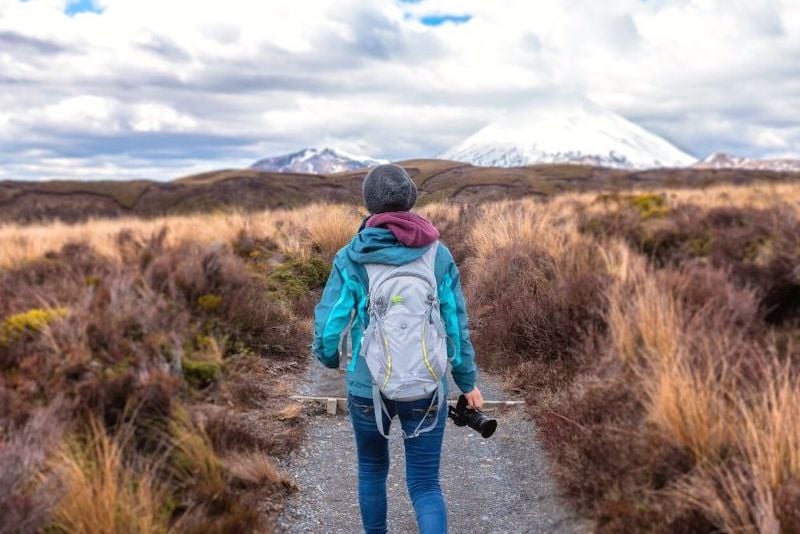Oceania Travel Guide
Looking for an in-depth Oceania travel guide?
Then you’re in the right place!
Gorgeous beaches, remote islands, unique wildlife, breathtaking mountains; Oceania really has it all.
This continental grouping in the southern Pacific Ocean — consisting of Australia, New Zealand and several island nations — may be hard to define, but it is home to some of the most beautiful sights in the world.
No two nations are quite the same in this part of the world and each destination offers something unique for every kind of traveler.
The region is also home to top-rated bucket list destinations like Fiji, the Great Barrier Reef, New Zealand’s South Island, the Australian Outback, and more.
Ready to check some of these spots off your own must-see list? We’ve got you covered.
There are so many ways to experience Oceania, from sailing the South Pacific to trekking through the forests of New Zealand’s North Island.
Love to see the world from the driver’s seat? Australia is the place to go! For instance, a Brisane to Cairns road trip introduces you to top attractions, stunning beaches, and local wildlife.
More of an island hopper? Look into visiting archipelago destinations like the Cook Islands or French Polynesia, where you can hit a few island destinations in just one trip.
Oceania is also home to plenty of up-and-coming destinations like New Caledonia and Papua New Guinea with plenty of unspoiled beauty to explore.
And if you’re looking for something truly off the beaten path, consider a trip to Easter Island, home to the famous giant stone statues at Rapa Nui National Park, a UNESCO World Heritage Site.
While the beaches in Oceania are some of the best in the world, there’s much more to do in this part of the world than just soak up the sun. The region is home to some of the best scuba diving in the world, even beyond the Great Barrier Reef.
You’ll find great dive sites in Fiji featuring brilliant soft coral and can get up close with whales and other large marine animals in the waters of French Polynesia.
Hiking enthusiasts will find great trails throughout the region, from the rainforests of Samoa to epic volcanoes and waterfalls along some of the best hikes in New Zealand — like the Copland Track to Welcome Flat Hut!
And even if you’re not much of a surfer, you can enjoy watching the pros at spots like Byron Bay in Australia and P-Pass in the Federated States of Micronesia, considered some of the best surfing destinations in the world.
However you choose to explore Oceania, you’re sure to have the vacation of a lifetime.
Keep reading to dive into resources that will help you with planning a trip to Oceania.
Note: This ultimate guide to Oceania travel contains affiliate links to trusted partners!
- Oceania Map
- Australia Travel Guide
- French Polynesia Travel Guide
- New Zealand Travel Guide
- Solo Travel In New Zealand
- Best Tours In Oceania
- Renting A Car In Oceania
- Oceania Hotels
- Oceania Travel Insurance
- Oceania Travel Guide FAQ
- Q: Is Oceania a continent?
- Q: What destinations could you visit if you were in Oceania?
- Q: Is Oceania safe?
- Q: What is the cheapest Pacific island to visit?
- Q: What are the best things to do in Oceania?
- Q: What should I know when planning trip to Australia and New Zealand?
- Q: What is the best way to travel around Oceania?
- Q: Where is Oceania?
- What would you add to this Oceania travel guide?
Oceania Map
Use this Oceania travel map to begin planning your trip to this incredible region!
Click here for an interactive Google Map version of the above graphic.
Australia Travel Guide
These guides will help you plan an epic trip to Australia!
Adventure & Hiking Holidays In Australia
Australia Road Trip Guide
Australia Travel Tips
Barossa Valley Travel Guide
Melbourne Travel Guide
Sydney Travel Guide
Kangaroo Island Travel Guide
Other Places To Visit In Australia
French Polynesia Travel Guide
These guides will help you plan an epic trip to French Polynesia!
Tahiti French Polynesia Guide
Tips For Planning A Trip To French Polynesia
New Zealand Travel Guide
These guides will help you plan an epic trip to New Zealand!
New Zealand Adventure Travel
Solo Travel In New Zealand
Traveling alone in New Zealand is an amazing experience!
Best Tours In Oceania
Explore local culture with an Oceania tour guide through these unique excursions:
Australia Tours:
- Great Barrier Reef Snorkeling and Diving Cruise from Cairns
- Cape Tribulation, Mossman Gorge, and Daintree Rainforest Day Trip from Cairns or Port Douglas
- Kuranda Scenic Railway Day Trip from Cairns
- Sunset 3-Hour Cruise from Darwin with Dinner and Sparkling Wine
- Sydney Opera House Beyond the Stage Tour & Harbourside Brunch from Sydney
- Sunset Blue Mountains Wilderness & Wildlife Tour (Without the Crowds) from Haymarket
- Kakadu National Park Full-Day Tour from Darwin with Lunch
Click here for a full list of Australia travel tours!
French Polynesia Tours:
- Bora Bora Jet Ski Tour, Lunch at Bloody Mary’s & Eco Shark / Ray Snorkel Cruise
- Papeete Inner Island Full-Day Jeep Safari from Arue
- Sunset Cruise: Moorea Sailing on a Catamaran Named Taboo
- The Combined Blue Lagoon and Reef Island from the Tuamotus Islands
- Moorea Food Tour: Tama’a Street Food Tour from Maharepa
Click here for a full list of French Polynesia travel tours!
New Zealand Tours:
- Doubtful Sound Wilderness Day Cruise from Manapouri
- Auckland Dolphin and Whale Watching Eco-Safari Cruise
- Milford Sound Sightseeing Cruise with Scenic Round-Trip Flight from Queenstown
- Franz Josef Heli Hiking Guided Tour
- Lake Wakatipu Scenic Catamaran Cruise from Queenstown
Click here for a full list of New Zealand travel tours!
Renting A Car In Oceania
The best way to travel around many of the destinations in Oceania is undoubtedly by car!
Need a rental car for your Oceania trip?
Use Discover Cars to quickly compare your car rental options.
Their comparison tool does the homework for you, so there’s no need to have up 10+ tabs trying to figure out which company is the most affordable. Actually, you can save up to 70% using their tool!
Oceania Hotels
Note that the following links are set to New Zealand, but you can easily change the widgets and maps to be the exact destination in Oceania that you’re visiting.
Click here to browse the best New Zealand travel hotels!
Prefer self-contained stays?
Click here to check out unique local rentals!
You can also use this map to search for local stays:
Oceania Travel Insurance
It doesn’t matter if you’re traveling solo or with a group on an Oceania tour. When visiting Oceania — or any other region or country in the world — make sure to get travel insurance to protect your health and safety.
In my opinion, the best travel medical insurance for travelers is SafetyWing as they’ve got a large network and offer both short-term and long-term coverage — including coverage if you’re traveling for months as well as limited coverage in your home country).
Additionally, SafetyWing is budget-friendly and offers $250,000 worth of coverage with just one low overall deductible of $250.
With coverage, you’ll have peace of mind as you embark on your Oceania travel itinerary.
Click my referral link here to price out travel insurance for your trip in just a few clicks.
Oceania Travel Guide FAQ
Below, find answers to frequently asked questions about traveling in Oceania.
Q: Is Oceania a continent?
While considered a continent in some situations, it is widely recognized as a continental grouping or geographic area. It includes the continent of Australia as well as the Pacific Islands.
Q: What destinations could you visit if you were in Oceania?
There are several nations and territories in the list of Oceanian countries:
- Australia
- Papua New Guinea
- New Zealand
- Fiji
- Solomon Islands
- Micronesia
- Vanuatu
- Samoa
- Kiribati
- Tonga
- Marshall Islands
- Palau
- Tuvalu
- Nauru
- New Caledonia (French territory)
- French Polynesia (French Overseas Collectivity)
- Guam (U.S. territory)
- Northern Mariana Islands (U.S. territory)
- American Samoa (U.S. territory)
- Cook Islands
- Wallis and Futuna (French territory)
- Niue
- Tokelau (New Zeland territory)
Some of the more remote places on this list like Tuvalu have limited infrastructure for tourism and may be too remote for most travelers. It’s best to research the accommodation and transportation options in each destination before planning your trip.
Q: Is Oceania safe?
The majority of the destinations in Oceania are considered quite safe for travelers.
Australia and New Zealand, two of the largest countries in the region, have pretty low crime rates compared to other international destinations. You’ll want to watch out for more environmental dangers in these countries, such as unmarked swimming areas and wild weather.
Check out our destination pages for each country for more information.
Crime rates are a bit higher in some of the Pacific island nations, particularly in Papua New Guinea and major tourist areas throughout the region. Wherever you go, make sure you have any local emergency service numbers on hand as well as information for the local consulate for your home country.
Stay vigilant and aware of your surroundings, particularly in popular tourist areas and cities, and try not to flaunt any obvious symbols of wealth. And always keep any valuables you don’t need immediately locked away in a secure place to avoid pickpockets.
Q: What is the cheapest Pacific island to visit?
The Cook Islands are widely known as one of the least expensive Pacific islands for tourists. The country’s currency is the New Zealand Dollar and you can easily find inexpensive food and accommodation options.
The average traveler can expect to spend about $140 USD per day on food, accommodations, transportation and other travel expenses.
Q: What are the best things to do in Oceania?
One of the best things to do in Oceania is to explore the area’s natural wonders. Each destination offers different opportunities for outdoor adventures, from hiking to skiing to surfing and more.
You’ll find incredible desert treks in Australia, home to the famous Outback, with amazing sites like Uluru that you’ll definitely want to check off your bucket list. Additionally, you can explore the best hikes in Queensland to experience stunning waterfalls, epic views, beautiful beaches, and more.
Also, don’t miss the many epic Bruny Island walks off mainland Tasmania, almost all of which are visually stunning.
Up in the mountains of New Zealand, you’ll find breathtaking views as well as world-class slopes for skiers and snowboarders.
Out in the Pacific Islands, you can venture through the lush rainforests of islands like Vanuatu and even watch lava erupt from active volcanoes. This really is the place to see some of the great wonders of the world.
Speaking of Oceania’s incredible nature, the beaches in this part of the world are unrivaled. French Polynesia is home to some of the most gorgeous shores in the world, with white sand beaches and clear blue waters for days.
There’s a beach for every kind of traveler on these islands, which include top destinations like Tahiti and Bora Bora. You can enjoy this unspoiled beauty on a private island in French Polynesia, complete with beachside massages and picturesque over-water bungalows, even if you’re on a backpacker’s budget.
Looking for a little more adventure? Take a trip out to the Great Barrier Reef on Australia’s northern coast, where you’ll find miles of diverse marine life and some of the most colorful coral in the world.
Wherever you decide to lay your towel down in Oceania, you’re in for a treat.
While the wonders of nature are Oceania’s biggest draws, there’s plenty of culture to take in in this part of the world as well.
In New Zealand, you can immerse yourself in the local Indigenous Māori culture through traditional dinners, cultural performances, and museums like the Te Papa Museum in Wellington.
Heading to New Caledonia? Try to plan your trip for mid-August during the Noumea Carnival, a huge event featuring parades, fireworks, and cultural performances.
Many Pacific Island nations like Fiji and French Polynesia also have traditional villages you can visit to get a firsthand look at the traditions of their respective native cultures.
Q: What should I know when planning trip to Australia and New Zealand?
If you’re planning a trip to Australia and New Zealand, make sure you have plenty of time to visit both countries — as in, at least a month.
Australia is a huge country on its own and New Zealand’s two main islands have a ton of ground to cover as well, from exploring Melbourne’s hidden gems to hiking New Zealand’s epic trails — like the Copland Track to Welcome Flat Hut, one of the best South Island hikes!
You’ll want to plan for about two weeks in each country, particularly if you’re trying to visit multiple destinations in one trip. And whether you’re flying between destinations or doing a road trip, you’ll want to leave plenty of time to get from one place to the other.
It’s also important to note that summer isn’t always the best time to visit both countries.
While New Zealand’s summers are mild, certain parts of Australia, particularly in the northern half of the country, can experience extremely high temperatures and heavy rainfall. Consider visiting in October or November (the Southern Hemisphere’s spring) for more mild temperatures across the board.
Australia and New Zealand are also unique countries with very different cultures and offerings for travelers.
For one, you’ll find very different wildlife in both countries; Australia is famous for its more dangerous creatures like crocodiles, sharks, and snakes while New Zealand is known for having a higher population of sheep than humans.
You’ll also find that the two countries have very different environments, one with vast deserts and the other with alpine mountains.
But wherever you go, you’re sure to find opportunities to meet locals while traveling and interact with friendly people who are happy to share their stories with you.
Q: What is the best way to travel around Oceania?
The best way to travel around Oceania is probably via plane.
Some destinations comprised of groups of islands (like French Polynesia) have their own airlines that operate regular flights between the islands, allowing you to hop from one island destination to the next.
Other more remote Pacific Islands are a bit harder to reach or don’t offer quite as many daily flights.
Look into island hopper routes with airlines like United that operate between smaller island nations like Guam and the Federated States of Micronesia. Just know that you’ll probably spend a fair amount of time searching for flights and perfecting your route.
Another option is to look into tours or cruises that include transportation between the islands. These will generally cost more but can take some of the guesswork out of planning.
Q: Where is Oceania?
Oceania is located in the southern Pacific Ocean between Asia and the Americas.
What would you add to this Oceania travel guide?
Enjoyed this ultimate Oceania travel guide? Pin it for later!


